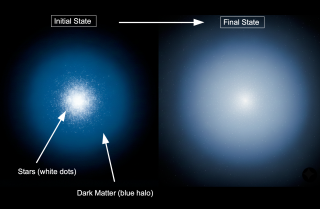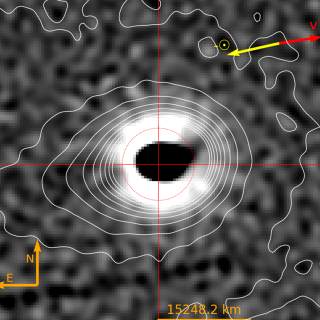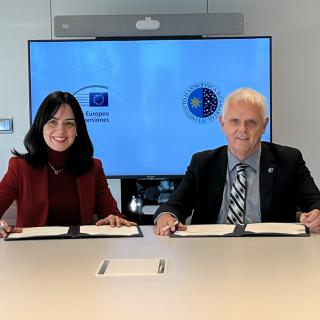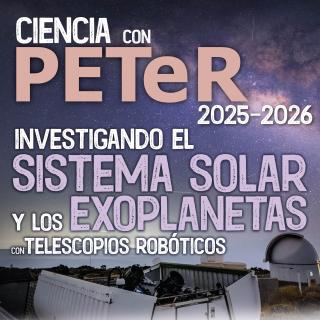
Only a handful of observations truly constrain the nature of dark matter, which is why dozens of different physical models are still viable. Several of the most popular alternatives predict that dark matter halos slowly “thermalize” over time, gradually changing shape and expanding until they form a central region of nearly constant density -- a core. This transformation would not occur if the dark matter particles were completely collision-less, as assumed in the standard model. Therefore, the presence or absence of such a core provides a powerful way to distinguish between the standard
Advertised on




